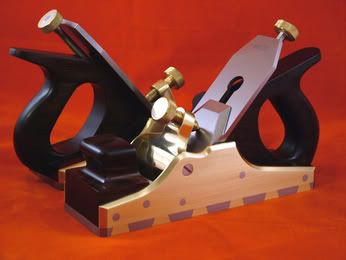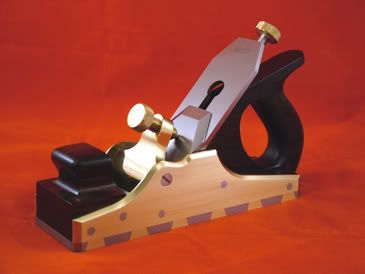Ian Dalziel
Established Member
Finished this pair and currently working on a copy of a Norris 14 1/2” panel plane and a final A13.
Just cant get my photography right…this is where I need your input bugbear please.
I bought a light tent from ebay which has 4 different background colours. I am trying to use a couple of desk style lamps with 40w soft glow bulbs shining in from the side. I tried 60watts but they looked even worse. Do you think maybe I should get halogen or dayglow.I’m only trying to upgrade my photography a bit
I am using a Fuji S7000 digital camera without the flash I’ve tried it with but it’s too bright.
I wanted to try and get the wood to glow as it is beautiful as is but the photos don’t do it justice. I haven’t used photoshop or anything as yet as I was trying to show up my problems
Its almost similar setup I saw you do a few months back but I couldn’t find the link


thanks in advance
Ian
Just cant get my photography right…this is where I need your input bugbear please.
I bought a light tent from ebay which has 4 different background colours. I am trying to use a couple of desk style lamps with 40w soft glow bulbs shining in from the side. I tried 60watts but they looked even worse. Do you think maybe I should get halogen or dayglow.I’m only trying to upgrade my photography a bit
I am using a Fuji S7000 digital camera without the flash I’ve tried it with but it’s too bright.
I wanted to try and get the wood to glow as it is beautiful as is but the photos don’t do it justice. I haven’t used photoshop or anything as yet as I was trying to show up my problems
Its almost similar setup I saw you do a few months back but I couldn’t find the link


thanks in advance
Ian
































